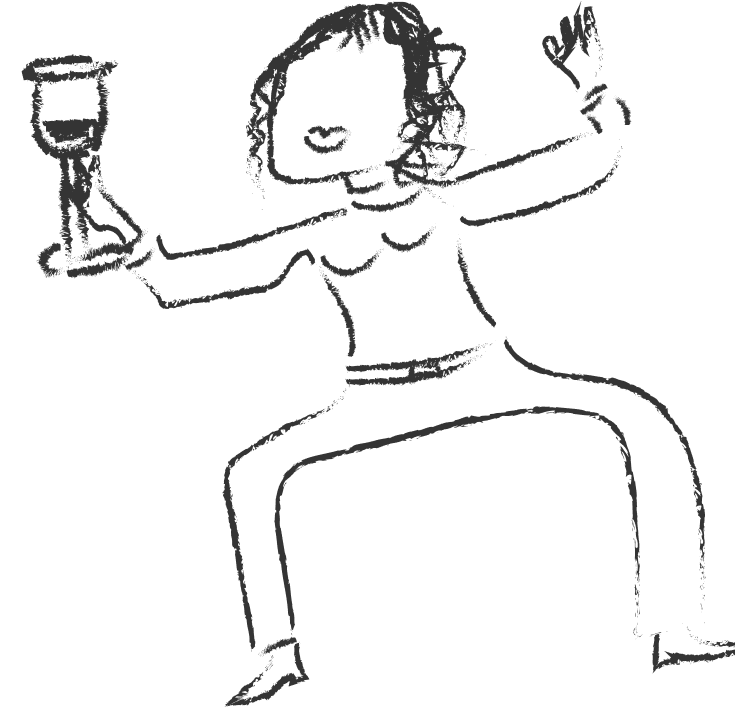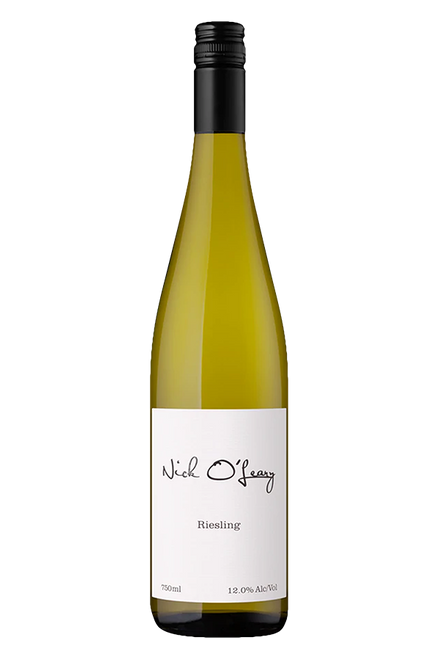Aroma
Its vibrant
bouquet features a complex nose of
popping sherbet, zesty lime, and green
apple, layered with delicate floral
undertones.
Appearance
2024 The Boy presents in the glass
with light straw tones.
Palate
The palate is soft and deliberate, moving gracefully with a lovely
texture and mouth-watering acidity. Delicate floral undertones
transition into vibrant layers of grapefruit and lime, backed by a
slate-like steeliness. The fruit is clean and persistent, showcasing
the remarkable restraint and power that the finest Eden Valley
Rieslings possess. This wine is already a joy to drink and will age
effortlessly, offering pleasure at every stage of its evolution,
culminating in a long, focused finish.
Vinification
The fruit was hand-picked. No acid added, amazing natural acidity
and low pH. The fruit was crushed and the free run was taken with
the pressing going elsewhere. The juice was cold settled before
inoculation – no lees. Cool and slow fermentation period where it
was closely monitored. Wine was fined and filtered before bottling.
Matured for 3 months in stainless steel. The wine was bottled in
July, fresh & bright.
Range Notes
Every wine in the Picture Series has its own inspiration,
our own take on popular culture.
With some old school polaroid imagery by friend
and photographer Don Brice and a quirky back label
descriptor, the aim is to bring a smile to your face
when you pick up the bottle, reminding you that wines
should be approachable and of course… fun.
Vintage Notes
The 2024 season was one that rewarded patience. With an
atypical season seeing few days over 35C until the heatwave in
early March, this was a year similar to 2021 except it was much
drier. As March began the fruit was slowly ripening but the flavours
we desired had not fully developed. We had to hold our nerve
during the hot week, knowing volumes would be affected but the
end result would be worthwhile. There will be some great wines
produced from this year.
Region Notes
The region of Eden Valley is located
just east of the Barossa Valley. Overall
growing season temperatures are
significantly lower than those of the
Barossa Valley, and the final stages of
ripening and harvesting take place in
much cooler conditions.








